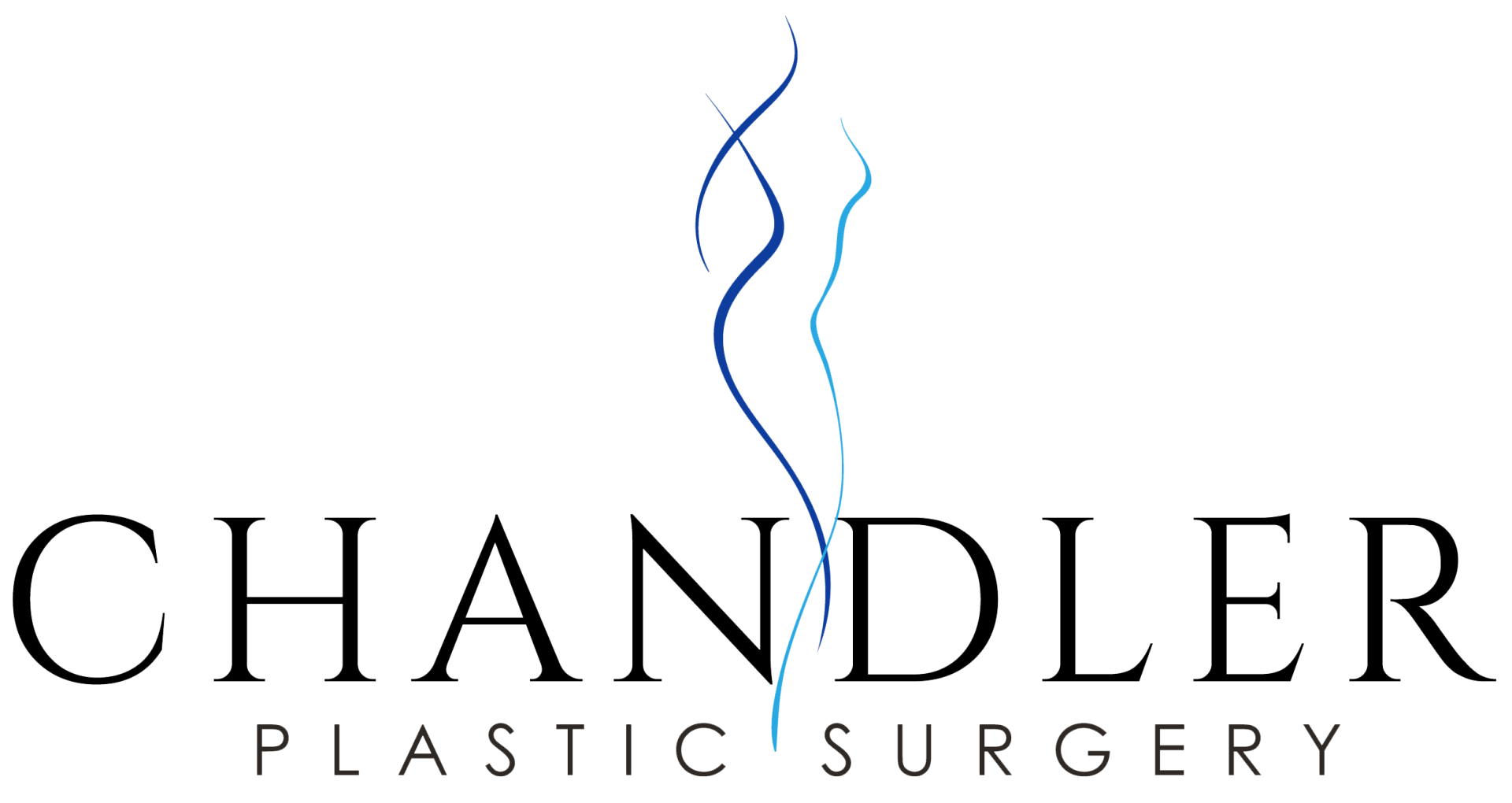POSTOPERATIVE SCARS
Postoperative Scar Laser Treatments Performed in Darien, Connecticut
At Chandler Plastic Surgery, we offer Intense Pulsed Light (IPL) laser therapy to help improve the appearance of postoperative scars. IPL is not a scar removal treatment, but it can significantly reduce redness, soften pigmentation, and enhance overall scar quality so that scars blend more naturally with surrounding skin. This is typically performed early in the healing process (as early as 6 weeks postoperatively). We also offer nonablative fractionated laser treatments for hypertrophic or thicker scars, which is typically performed later (3 months to 6 months after surgery).
Our Treatment Approach for IPL Laser Scar Therapy
- When to Begin: IPL treatment can start as early as 6 weeks after surgery, once the incision has healed.
- Treatment Plan: We recommend a series of three treatments, spaced 6 weeks apart, to achieve the best results.
- Technology Used: We use the PR530 IPL laser, designed to specifically target pigmentation and vascular changes in scar tissue.
How IPL Works
- Targeting Pigments: IPL light energy reduces excess melanin (dark spots) and hemoglobin (redness).
- Collagen Stimulation: Treatment activates collagen production, which helps scars flatten and smooth over time.
- Improved Texture & Tone: IPL addresses both color and structural changes, creating a more even skin surface.
- Supported by Research: Clinical studies on early laser treatment have shown that starting treatments shortly after surgery can reduce erythema, improve pliability, and enhance cosmetic outcomes.
- Visible Results: Most patients notice gradual improvements after each session, with scars fading and softening over several months.
- Safe & Gentle: IPL is non-ablative, meaning it does not remove skin layers, making it a less invasive approach with minimal downtime.
Aftercare & Maintenance
- Gradual Healing: Results build over weeks as collagen remodels and pigmentation fades.
- Sun Protection: Strict sun avoidance and daily sunscreen use are essential to maintain results and avoid pigmentation issues.
Fractionated Non-Ablative Laser Therapy
- Best for: Thickened or raised (hypertrophic) scars
- Timing: Considered 3 months or later after surgery, if scars develop noticeable thickness.
- How It Works: Fractionated laser energy penetrates beneath the skin’s surface to soften, remodel, and break up dense scar tissue without removing the top layer of skin.
Benefits:
- Reduces scar thickness and firmness
- Improves flexibility and comfort
- Enhances skin texture over time
- Safe & Controlled: Because it is non-ablative, the laser does not remove skin layers, allowing for scar remodeling with minimal downtime.
What to Expect
- Gradual Improvements: Both IPL and Fractionated Non-Ablative Laser treatments work over time, with results becoming more noticeable after each session.
- Customized Plan: Some patients may benefit from one or both approaches, depending on their scar type and healing response.
- Aftercare: Sun avoidance and daily sunscreen use are critical to protect healing skin and maintain results.
FRACTIONATED LASER Q&A
What does FRAXEL mean?
Fraxel refers to fractional laser skin resurfacing. The term "fractional" refers to the fact that the laser treats only a small fraction of the skin's surface, delivering a large number of very tiny dots of energy, stimulating the wound healing cascade and collagen production while leaving surrounding areas untouched to allow for faster healing time. Fractionated laser treatment does NOT wound the skin or remove layers of the skin surface, instead they create "microthermal zones" to create a controlled collagen production, resulting in smoother skin, improvement in texture and pigmentation. The 1550 nm Fraxel laser targets a deeper layer of the skin (superficial papillary to mid dermis) to target fine lines, wrinkles and skin texture. The 1940 nm Fraxel laser targets more superficial skin structures (epidermis and superficial papillary dermis) for more superficial skin conditions such as pigmentation.
What is the down time after a fractionated laser treatment?
Most patients able to resume normal activities within a few days. A sunburn-like/sunkissed reaction such as redness, swelling, and peeling/skin dryness are normal initially and usually subside within a week, with full recovery taking up to two weeks. As the skin heals, it may peel or flake, revealing new, smoother skin underneath. There is some individual variation, with some experiencing a quick recovery and others may notice redness or flaking for a longer period of time.
Do fractionated laser treatments hurt?
Fractionated laser treatments are generally tolerated well, with most patients experiencing mild discomfort only. A topical numbing cream may be applied before the procedure to reduce pain. It is common to experience a sensation of heat or slight prickling during the procedure. After the treatment, the skin may feel warm like a sunburn for a few hours, which typically subsides quickly.
What can I do to optimize my skin before a fractionated laser treatment?
One Month Prior:
- Avoid sunbathing, tanning beds and self-tanners
- Wear sun protection - SPF 30+
- Consider using a moisturizing lotion daily
1-2 Weeks Prior:
- Avoid the use of photosensitizing medications, and medications such as Retinol or Glycolic Acid
- Avoid any abrasive skin products, exfoliants or peels
- Avoid sun exposure as much as possible and continue to use a strong SPF
- Consider utilizing a moisturizer in the 5-7 days before the treatment
One Day Prior:
- If you have a history of Herpes Simplex virus infection, you may consider taking an antiviral medication as prescribed by your doctor (if the scar treatment is on the face)
Day of Treatment:
- Inform your provider if you have changed medications or have had recent sun exposure
- Only apply EMLA or other topical anesthetic if directed by your provider
- Do not exercise or go to the gym, spa or sauna immediately before treatment
What is the aftercare?
- Apply moisturizer and a sunscreen (SPF 30+) to all areas treated and avoid sun exposure immediately after treatment. Keeping the skin moisturized will protect it as it heals.
- Avoid saunas, strenuous exercise, and any activity that may cause excessive heat to the treatment area for 24 hours
- Avoid makeup for 25 hours
- Avoid scrubbing or scratching the treated areas
- Regularly apply Aquaphor while dryness is significant, followed by a regular moisturizer (plus SPF 30+) once dryness has subsided
- Do not apply products that may cause your skin to react negatively (e.g. scrubs, exfoliating agents, products with fragrance or perfumes)
- Do not use peels or aggressive cleansers for 5-10 days or until crusting/dry skin has cleared
- Inform your provider immediately if there is continued or severe discomfort, blistering or rash
- Avoid direct sun if possible for 2 weeks post-treatment, but if you cannot avoid direct sun exposure, always use sunscreen (30 SPF+) and reapply every 2 hours
- If you are having additional treatments, it is strongly recommended to avoid all sun exposure between treatments
- Avoid exfoliating, bleaching, waxing, scrubbing or massaging your skin while it is still sensitive.



